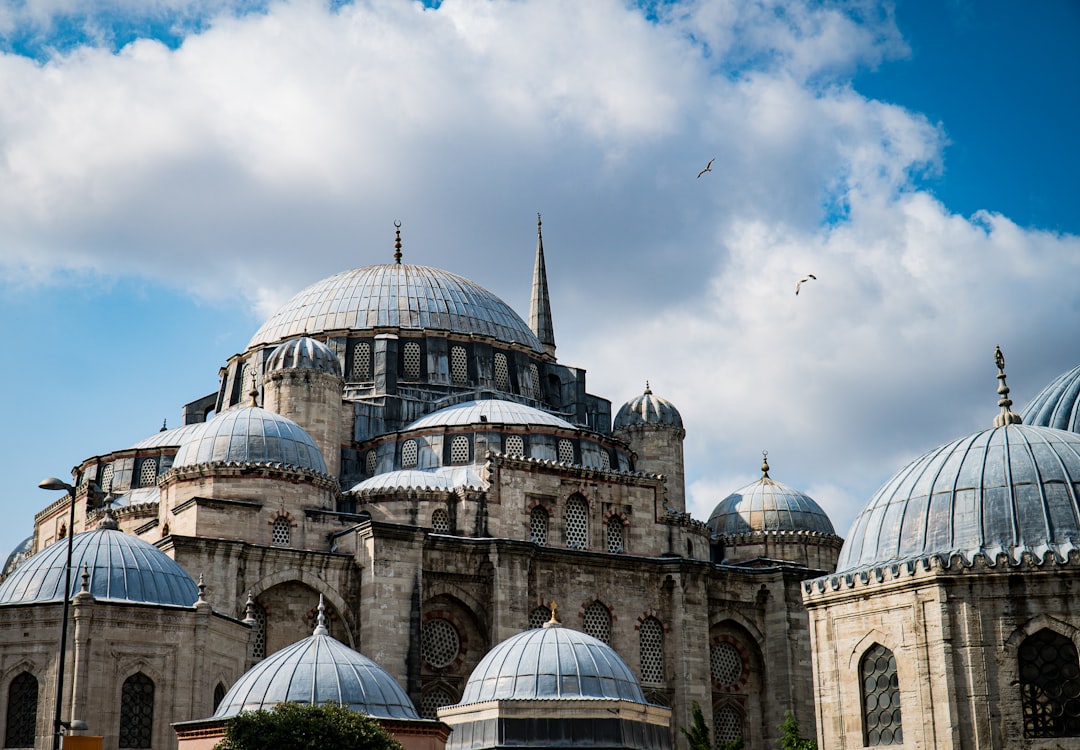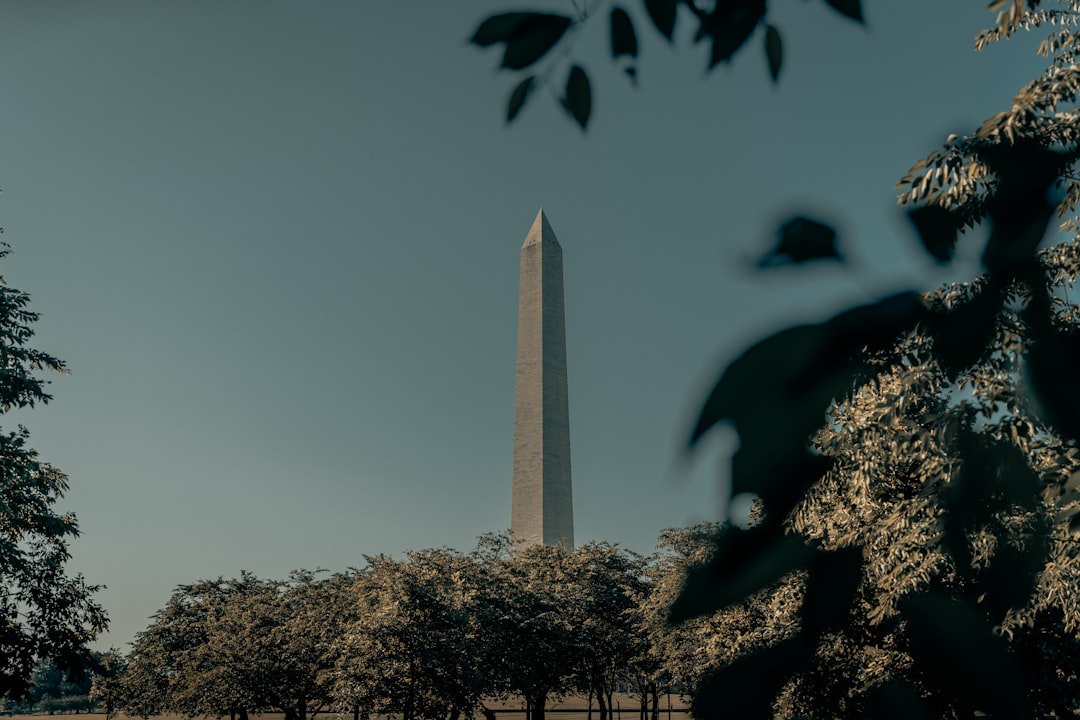
Exploring Historic Monuments: A Journey Through Time
# Introduction. Traveling is not just about discovering new landscapes but also about connecting with the stories of our past. Historic monuments serve as physical reminders of human achievements, cultural heritage, and historical events that have shaped civilizations around the world. In this blog post, we will explore some remarkable historic monuments that are not only aesthetically awe-inspiring but also rich in history, making them must-visit destinations for any passionate traveler. # 1. The Great Wall of China. One of the most iconic structures in the world, the Great Wall of China stretches over 13,000 miles and has a history that dates back to the 7th century BC. Initially built to protect Chinese states from invasions, the wall is a masterpiece of ancient military architecture. Visitors can experience various sections, such as Badaling, with its well-preserved features and breathtaking views, or the more rugged and less crowded Jinshanling. Exploring this monumental structure provides a unique perspective on the country's history, engineering ingenuity, and the sacrifices made throughout the centuries. # 2. The Colosseum, Italy. Rome's Colosseum is a symbol of ancient Roman engineering and gladiatorial combat. Built in AD 70-80, it was used for entertainment, hosting games and events that drew large crowds. Standing at an impressive height of 157 feet, the amphitheater could seat around 50,000 spectators, providing a panoramic view of the action below. Today, the Colosseum is one of the most visited monuments in the world. A guided tour allows visitors to step onto the very stage where gladiators once fought, engaging them with stories and artifacts that illustrate its storied past. # 3. The Pyramids of Giza, Egypt. The Great Pyramids of Giza are perhaps the most famous monuments of all time, symbolizing ancient Egypt's wealth and power. Built as tombs for pharaohs more than 4,500 years ago, the Pyramids are a testament to the architectural and engineering expertise of ancient civilizations. Tourists can marvel at the precision of the pyramid’s construction, experience the vast complex, including the Great Sphinx, and delve into the mysteries surrounding their construction. A visit to the Pyramids is not just about seeing a marvel of engineering; it is stepping back into the profound history and mythology of ancient Egypt. # 4. Machu Picchu, Peru. Nestled high in the Andes Mountains, Machu Picchu is a stunning reminder of the Inca Empire's architectural prowess and ingenuity. This 15th-century citadel was abandoned in the 16th century and remained largely unknown to the outside world until its rediscovery in the early 20th century. The site features an intricate layout of temples, agricultural terraces, and well-fortified buildings, all set against a backdrop of breathtaking mountain scenery. Trekking the Inca Trail to reach Machu Picchu offers not just a physical challenge but also a chance to engage with the spiritual significance of the location to the Inca people. # 5. Stonehenge, United Kingdom. Stonehenge is one of the most famous prehistoric monuments in the world, with its massive stone circle located in Wiltshire, England. Dating back to around 2500 BC, its purpose is still a subject of speculation, ranging from astronomical observatory to a burial site. Visiting Stonehenge offers an opportunity to ponder the mysteries of ancient civilizations and their understanding of the cosmos. The serene setting of the stones, especially at sunrise or sunset, adds to the monument’s mystique, making it a popular site for reflection and exploration. # Conclusion. Historic monuments provide invaluable insights into the lives and cultures of past civilizations. They connect us to history, inviting us to observe, reflect, and learn. From overcoming natural landscapes to experimenting with architecture and art, these monuments tell stories that transcend time. Whether you immerse yourself in the grandeur of the Great Wall of China, feel the adrenaline of ancient Rome's Colosseum, or ponder the mysteries of Stonehenge, exploring these historic monuments enriches our understanding of humanity's journey, making every visit a unique adventure. .








